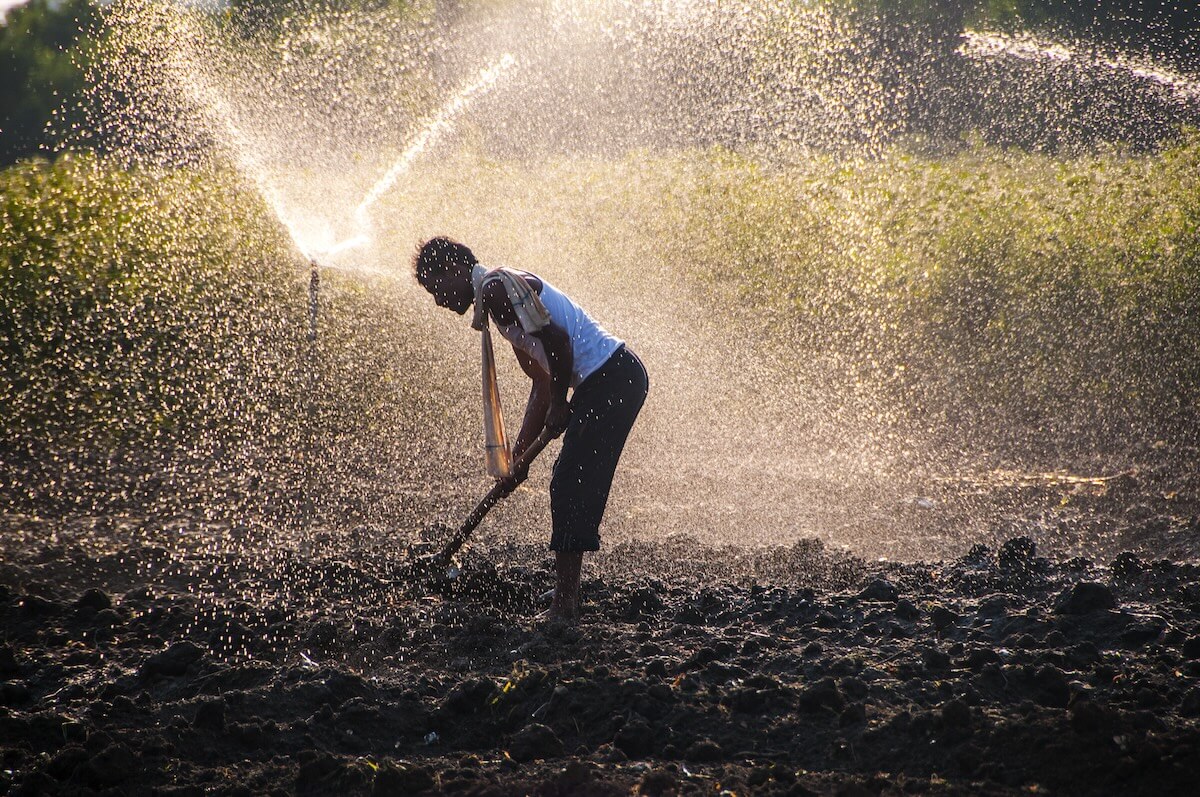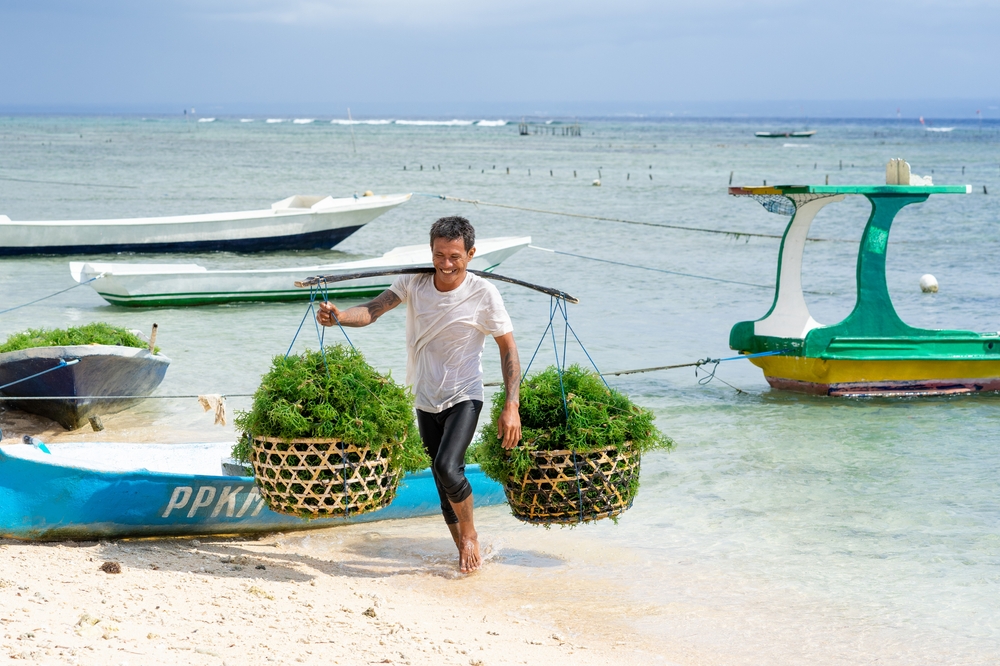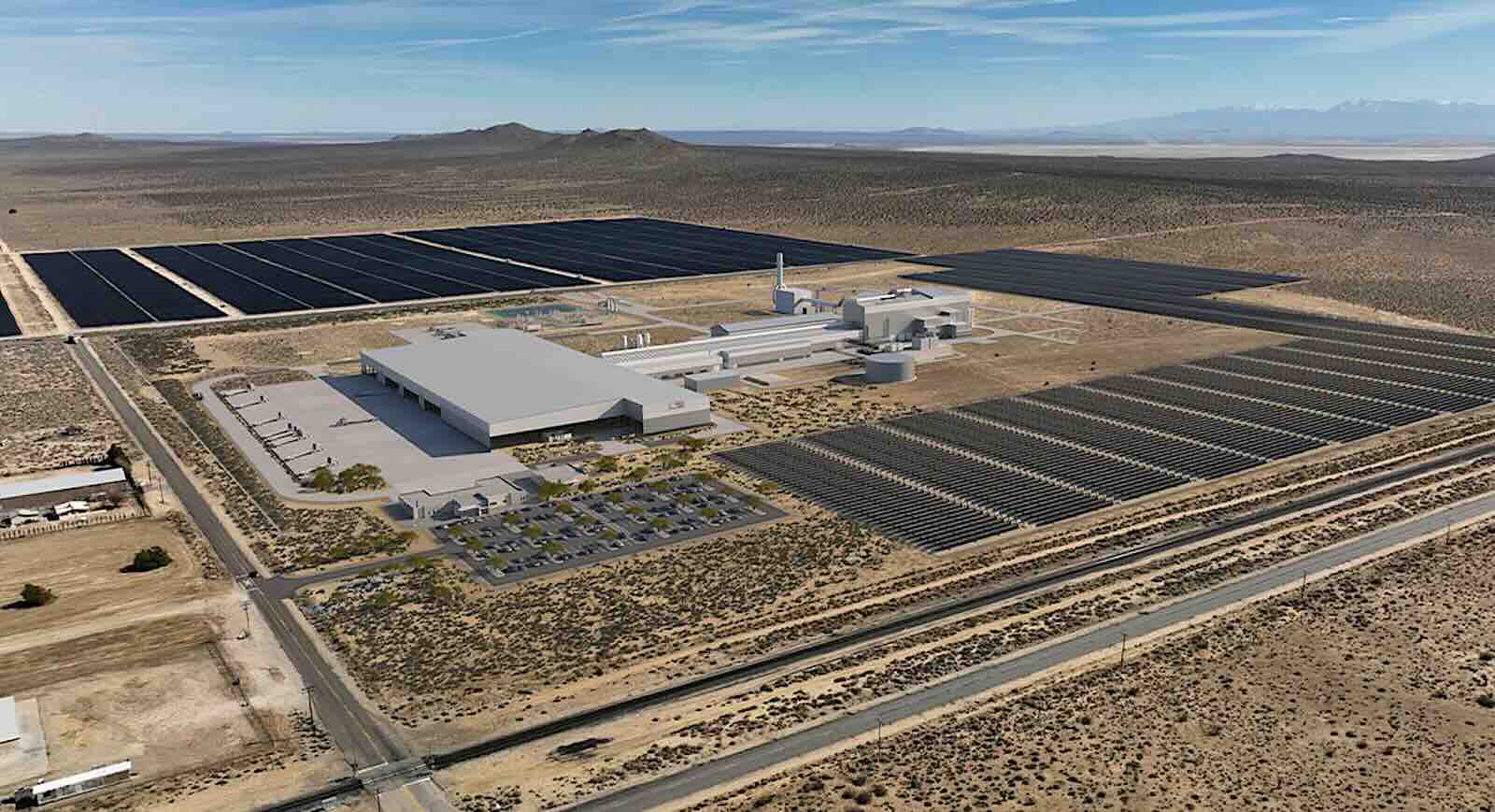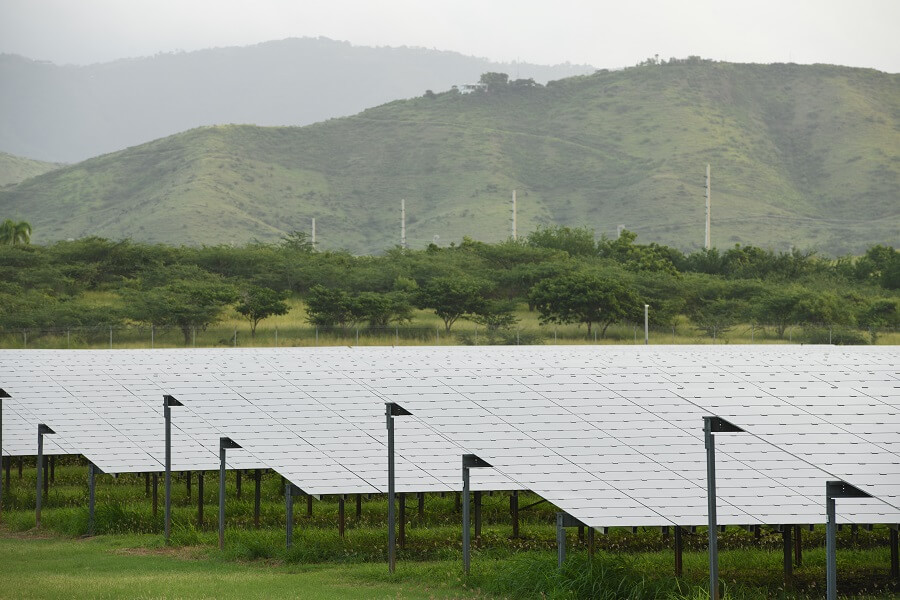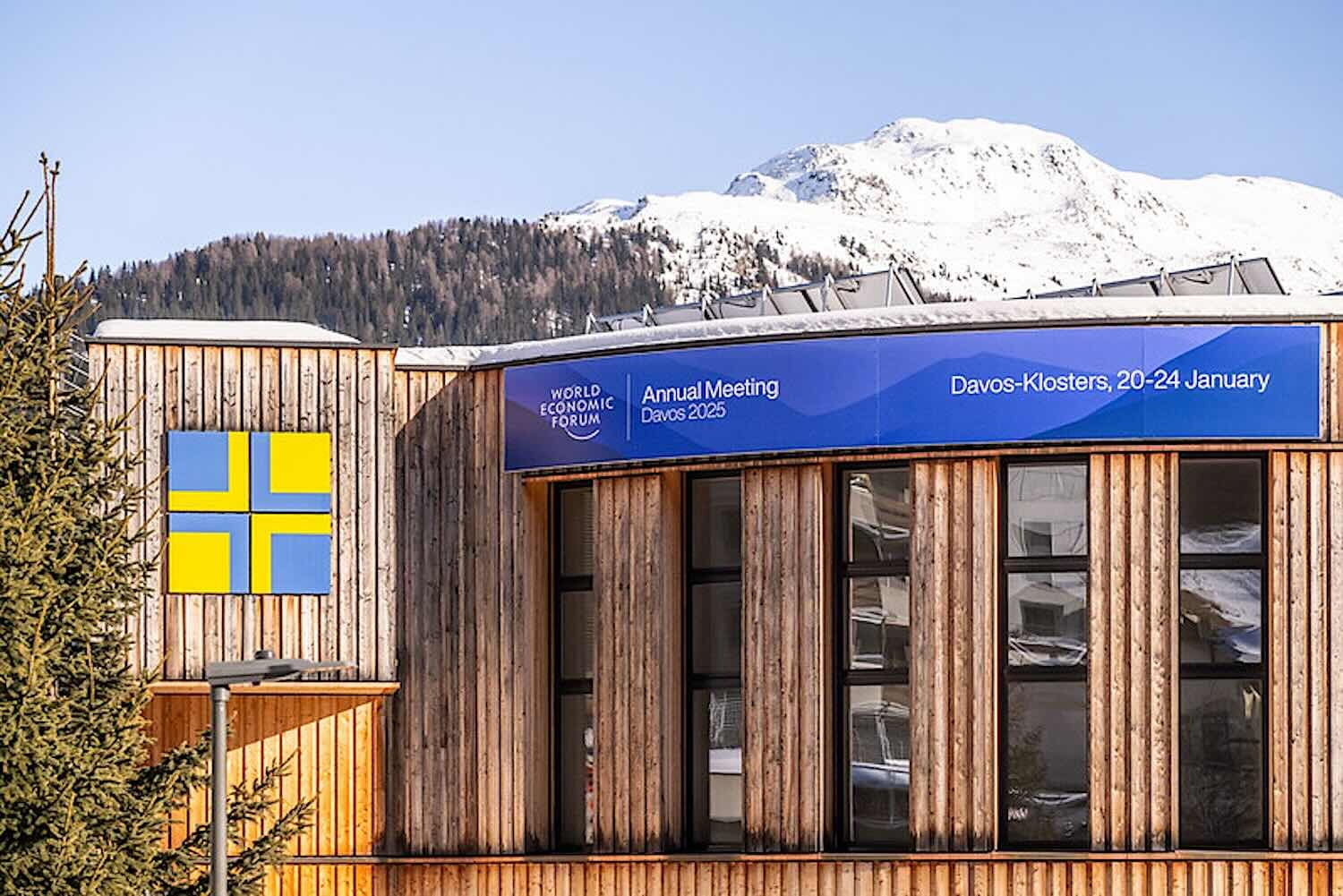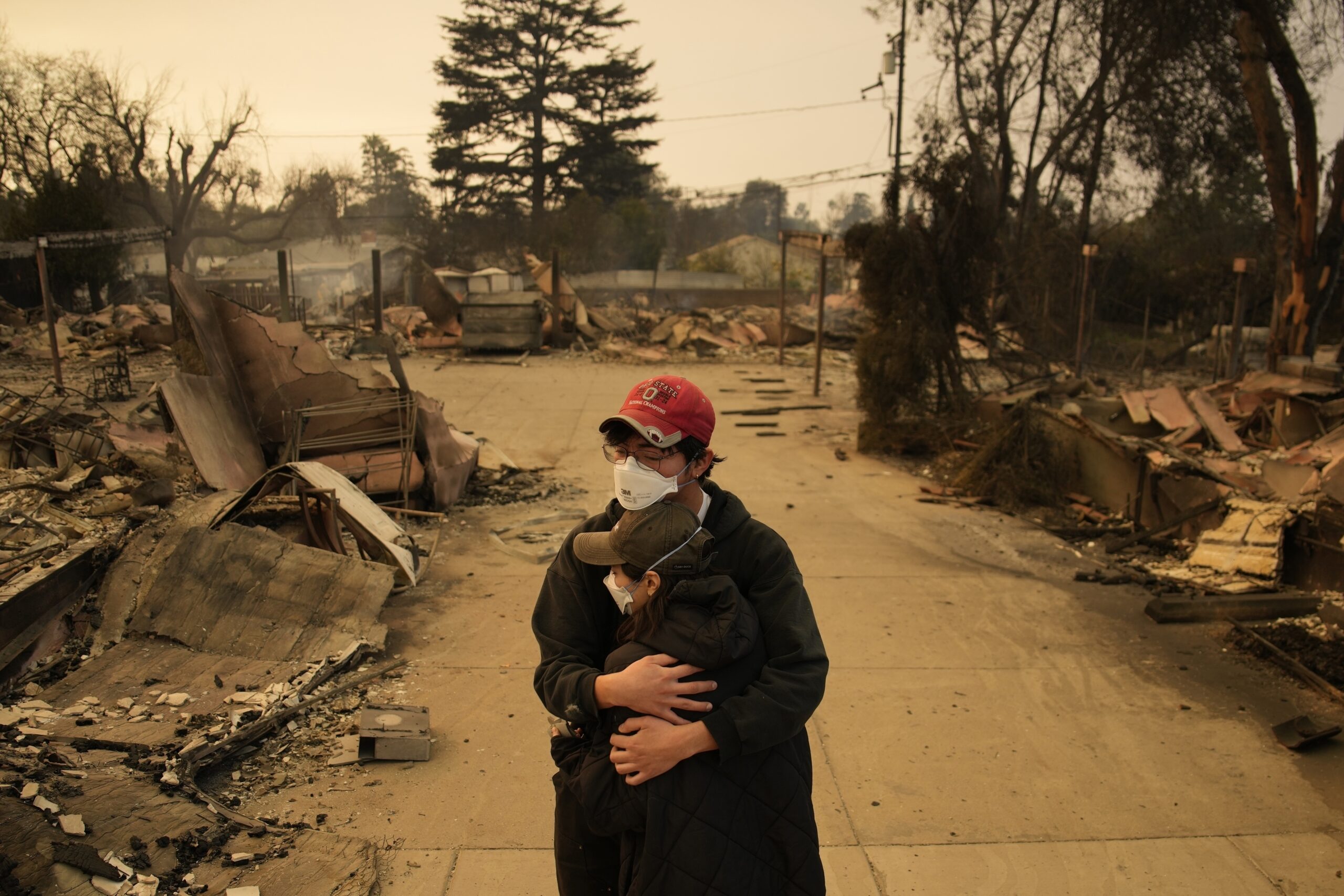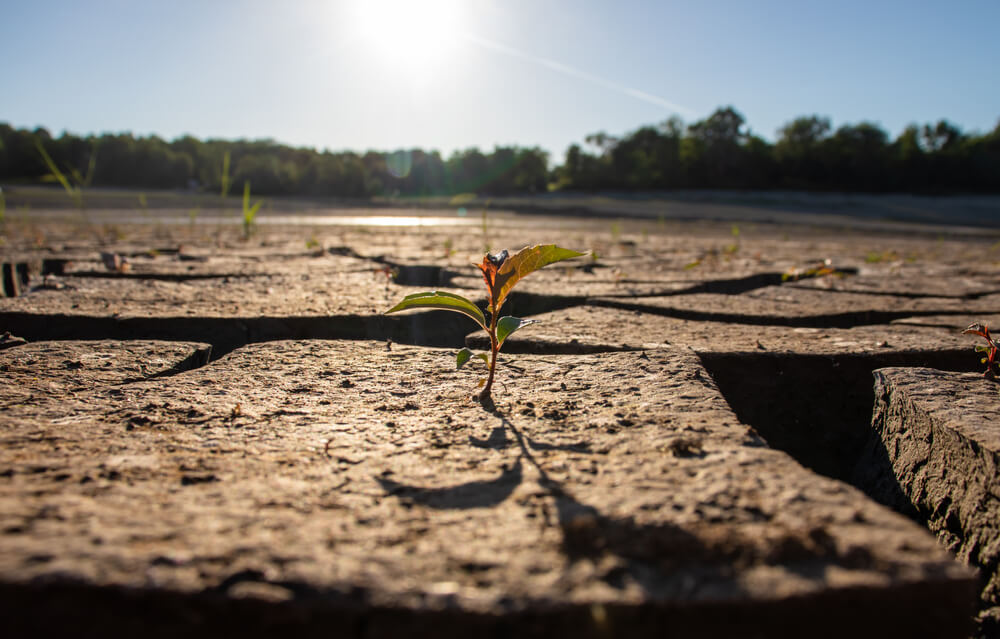Local and community lenders in the US have been preparing for a windfall of financing from the federal government to support communities—particularly underinvested communities—with climate resilience and the green transition. There isn’t yet a comparable pot of capital to deploy to lenders in underinvested and climate-vulnerable countries.
Investors are nevertheless designing new instruments to prepare and capitalize local financial institutions for green lending at scale. British International Investment partnered in 2022 with impact asset manager Symbiotics on a “basket bond” to support green lending among small business lenders in Africa and Asia. The hypothesis: that there is unmet demand among small businesses in emerging markets for climate-specific loan products, like energy efficient equipment loans or rooftop solar finance. The task: deploy $75 million with specified green-lending requirements among 10 to 15 local lenders to see if they’re able to put that capital to work.
“There’s a real need for this type of smaller-ticket climate lending within our [target] markets,” says BII’s Jo Fry. “Some large banks can access directed climate lending, but many smaller financial institutions are not able to easily access it.”
In just under two years, Symbiotics has invested the full $75 million in 11 organizations in eight countries. The organizations’ lending activities are being supported with $520,000 in technical assistance from BII to develop and strengthen their lending and reporting capacity in order to ready them for additional climate motivated-backers.
Not all of the capital has yet been on-lent, says Symbiotics’ Daniel Schriber, but it appears the vast majority will be invested within the 15-month timeline lenders were given. There are also signs the initiative is having a catalytic effect: four of the 11 lenders have attracted commercial investors since BII and Symbiotics made their investments.
“We’re seeing that commercial investors are looking to take this type of risk on a direct basis, which I think is very positive,” says Fry. Without BII or another anchor investor, however, “there would not have been sufficient capital to make these loans viable” for them, she adds.
Climate capital gaps
Emerging market small businesses already face a multi-trillion-dollar annual shortfall in the capital they need. Specialized lending products, like financing for green equipment upgrades, solar installations and electric vehicles can be even harder to come by, at least at affordable rates.
Green lending to small businesses will be critical to emerging markets’ climate resilience and transition, given the majority of livelihoods depend on such enterprises.
Small businesses are already hungry for these products, typically for business cost-savings purposes, explains Schriber.
“The cost savings for businesses is the main impact, then of course the larger impact is on the environment,” he says. “It’s really a win-win situation where the end customer decreases its costs and that has a positive impact on the climate.”
The intermediated credit and financial services group at BII typically has a $10 million minimum, but Fry’s team was interested in finding workarounds to that minimum to break the climate finance logjam in BII’s core markets. The pooled “basket bond” approach enabled the team to make smaller investments in lenders in Africa and Asia, while avoiding the cumbersome process of investing via a debt fund.
The hope is that other DFIs and institutional investors that are similarly restricted with their ticket sizes will seek to replicate the mechanism, either individually or as a group, explains Fry.
“There’s a lot of money to go into the climate space, but not as many opportunities to deploy the money – so asset creation is a focus,” she says. “The rationale here was that by having a diversified portfolio of loans across markets, you can build up critical mass that can then allow commercial investors and other DFIs to deploy at scale.”
Shades of green
The 11 companies in the vehicle’s portfolio showcase the range of green loan products needed in emerging markets. Samunnati in India lends to smallholder farmers to help them adopt technologies and more sustainable farming practices that will boost their climate resilience over time. Most of the lenders’ loans are $5,000 to $10,000. A portion of the financing BII and Symbiotics provided is enabling Samunnati to expand its lending activities to the distributors of precision farming products, which require larger loans.
Middle East Bank Kenya, meanwhile, is lending to businesses selling and installing commercial and industrial, or C&I, solar systems. Its loans are larger than an organization like Samunnati, but still far below most green infrastructure financiers.
The portfolio also includes lenders in Bangladesh, Nepal, Vietnam, Cambodia, Tunisia and Botswana. Twenty percent of the capital went to institutions in India.
“Many smaller financial institutions are already doing climate lending. In some cases, they’re not classifying it as such on their balance sheet, and in other cases they don’t have as rigorous a framework as we would like,” says Fry. A key goal of the basket bond is “to help individual institutions build up their capacity and build a track record as climate lending institutions.”
Among BII and Symbiotics’ early learnings is the realization that green capital is harder to deploy in Africa because the market “is less developed than Asia in terms of green lending,” says Schriber.
Half of the capital loaned to MEB Kenya went to one C&I solar provider. In Tunisia, the lender’s portfolio is more diversified; it is providing equipment loans to small businesses looking to upgrade to more efficient machinery to save on energy costs. In Botswana, the lender is struggling to turn up deals in Southern Africa that fit both the required ticket size and green criteria.
“They have very clear eligibility criteria as to what they can do with the money,” says Schriber, including a maximum ticket size since the goal is direct green lending to the underserved, lower-end of the market. “You always need to have this combination between good impact and good credit risk.”
Another key learning is around local lenders’ reporting capacity.
“One of the main constraints that we faced with most of the institutions we are working with—and also outside of the basket bond—is that they often don’t have the capacity to track the impact their products have on the climate, positive or negative.”
Technical assistance is helping, Schriber adds, but “the quality of the reporting, the capacity to report is still relatively nascent. There is still a lot of work to be done.”
At this stage, what Symbiotics and BII hope the facility demonstrates to the market is that there’s appetite for small-ticket green lending and simple financial mechanisms for investors to support it.
“We knew there was a risk that we would not be able to deploy the entire basket bond,” says Schriber. “And it happened, so it means that it’s possible.”



